QuestionI have one green anole, about a year give or take a month. She is in a heated terrarium and eats mostly meal worms, w/ crickets once a week. Temp is in-between 72-79 degrees. there is no lighting besides natural light. Her substrate is calcium sand. How ever, I have never seen her neck flare out like they usually do. I noticed lumps on both sides of her neck. i did some research on them, trying to look up anything that might look like them but to my dismay i cant find anything. eating, drinking, eliminating, and personal touch all normal, and un-changed. they aren't very big, about the size of a water drop.
AnswerHello Matthew, are you using a uvb producing light? If not it could easily be the early signs of M.B.D (Metabolic Bone Disease) It is a calcium deficiency similar to Osteoporosis in humans. It can be fatal if not caught early enough. It will cause hard nobs in the bones or twisted or not working appendages.
First of all I suggets switching from mostly mealworms to more crickets and less mealworms. Meal worms have little to no nutrients and aren't that healthy to begin with. Not to mention my Anoles have had digestive problems from eating them as their main food source. Crickets are a much better option but this would not cause the "lump" so its your call on that.
I also suggest removing the sand and going with something a little more natural to their environment and a not so risky substrate. Like coconut fiber, reptile carpet, organic soil, or something similiar to those. Sand can cause impaction if accidently ingested, it gets wet in their system and hardens in their intestines and this can be fatal if not caught early enough as well.
Females don't always have the dewlap (throat flap) like the males. And when they do have them they will be very small and very light in color. Males most commonly have the large colorful dewlaps.
I have also heard of lumps on the necks being abcesses that need to be drained and treated by qualified veterinarians.
So in any case I think a veterinarian trip is needed, to be sure it is nothing that could kill her.
Here are some links on information I have found:
http://www.reptilechannel.com/reptile-health/lizard-health/lizard-ear-lumps.aspx...
http://www.reptilerooms.com/Sections+index-req-viewarticle-artid-38-page-1.html
Good luck, sorry I couldn't tell you what exactly it is but I have no medical experience or training in this case.

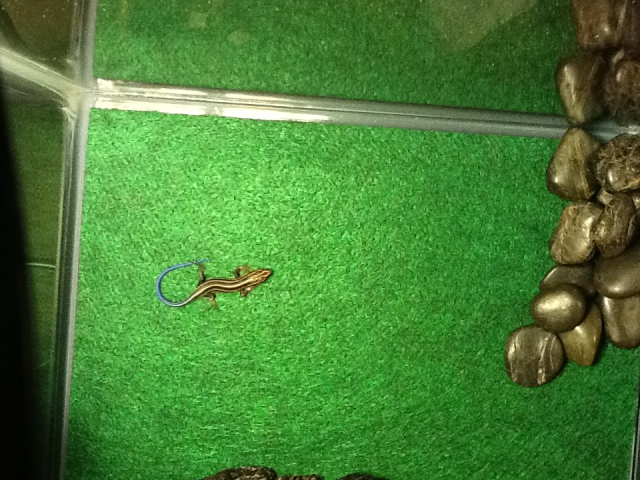 Five lined skink
QuestionQUESTION: Hi, I live in myrtle beach sc a
Five lined skink
QuestionQUESTION: Hi, I live in myrtle beach sc a
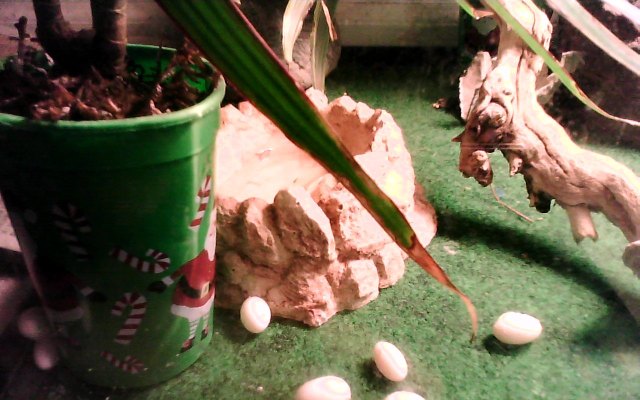 MHD eggs
Question
My MHDs eggs
Hi! My MHD layed eggs not
MHD eggs
Question
My MHDs eggs
Hi! My MHD layed eggs not
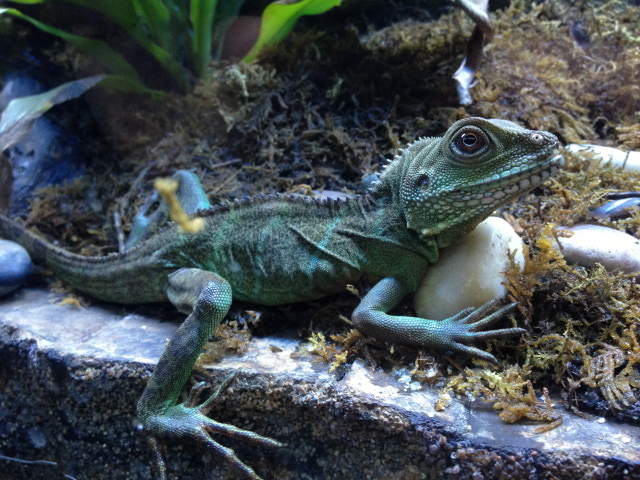 Chinese water dragon not eating
Question
1/7/13 10/31/12
I have a chinese
Chinese water dragon not eating
Question
1/7/13 10/31/12
I have a chinese
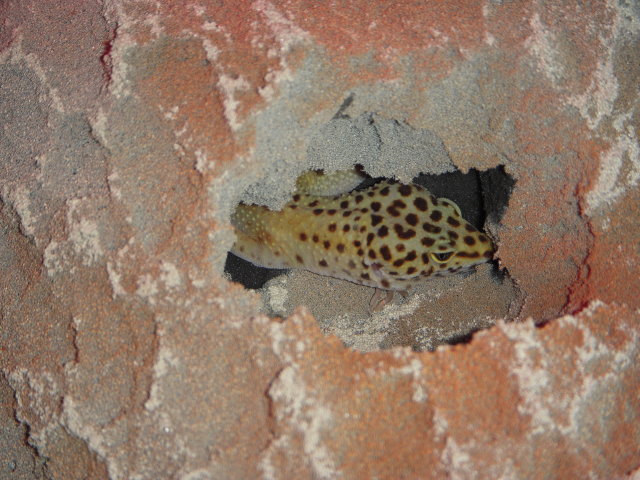 New 2 Leos
QuestionQUESTION: Hello Tracie,
I recently (four days
New 2 Leos
QuestionQUESTION: Hello Tracie,
I recently (four days
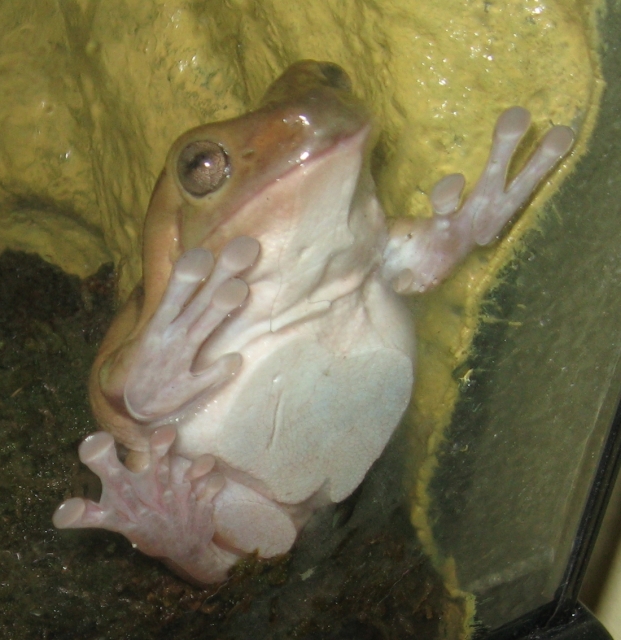 dumpy tree frog eating habits
QuestionAre her feet normal?
QUESTION: I have ba
dumpy tree frog eating habits
QuestionAre her feet normal?
QUESTION: I have ba